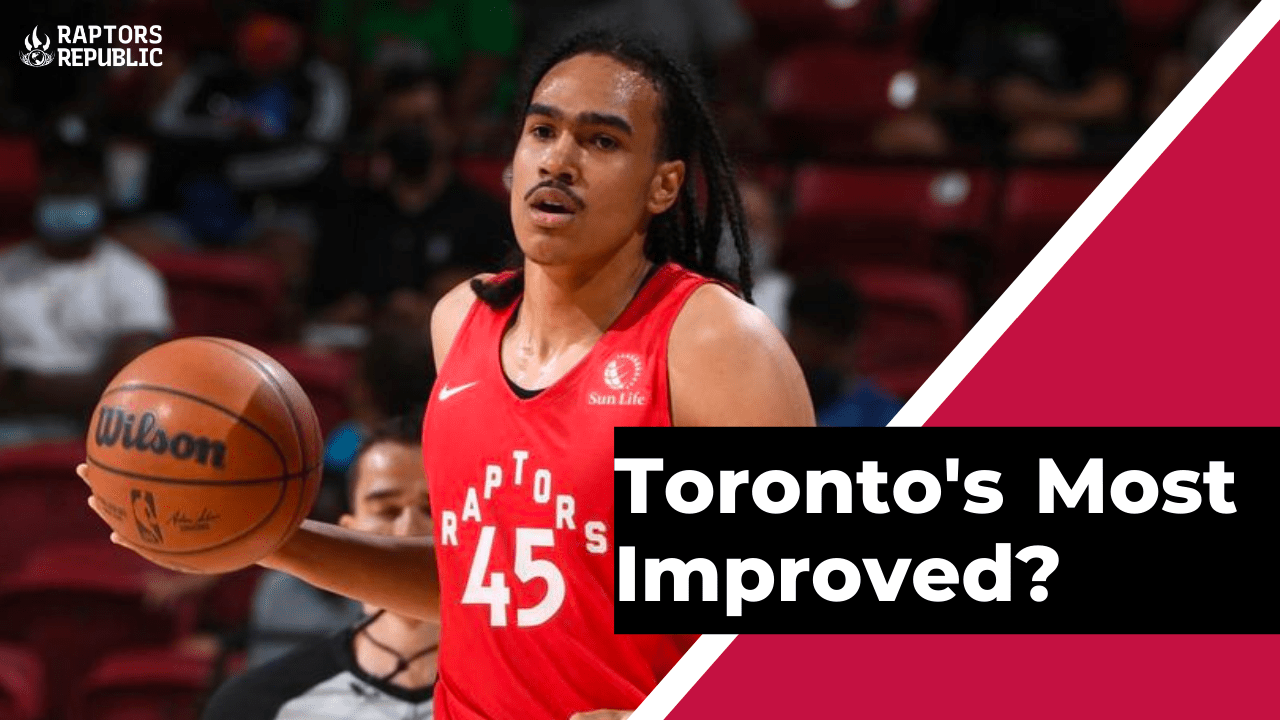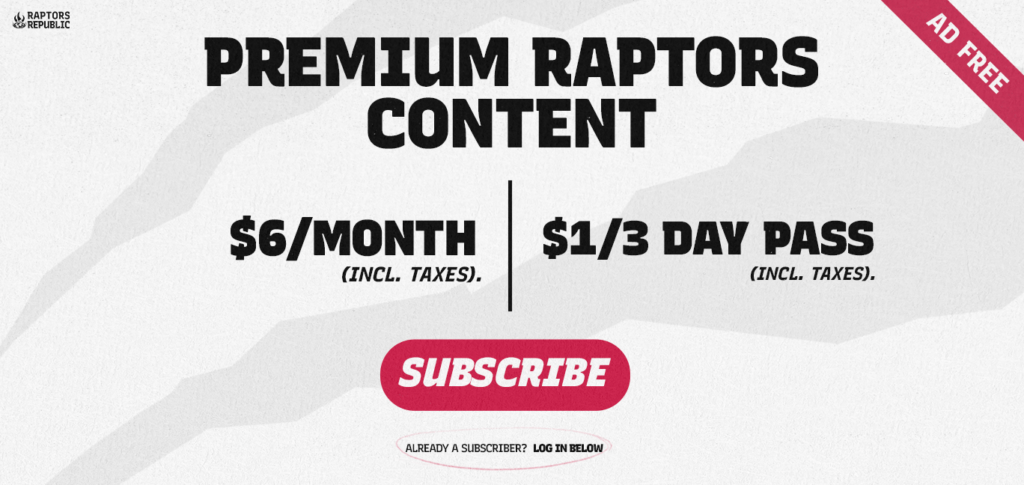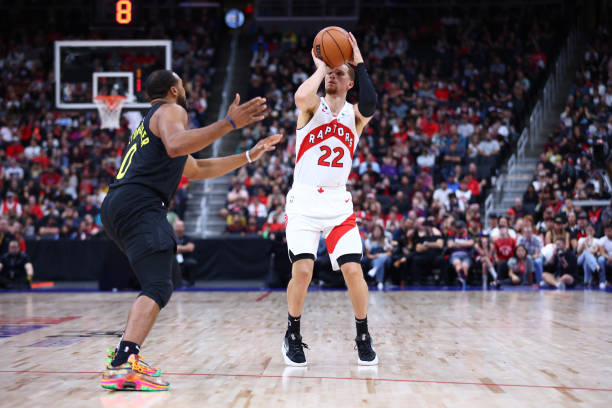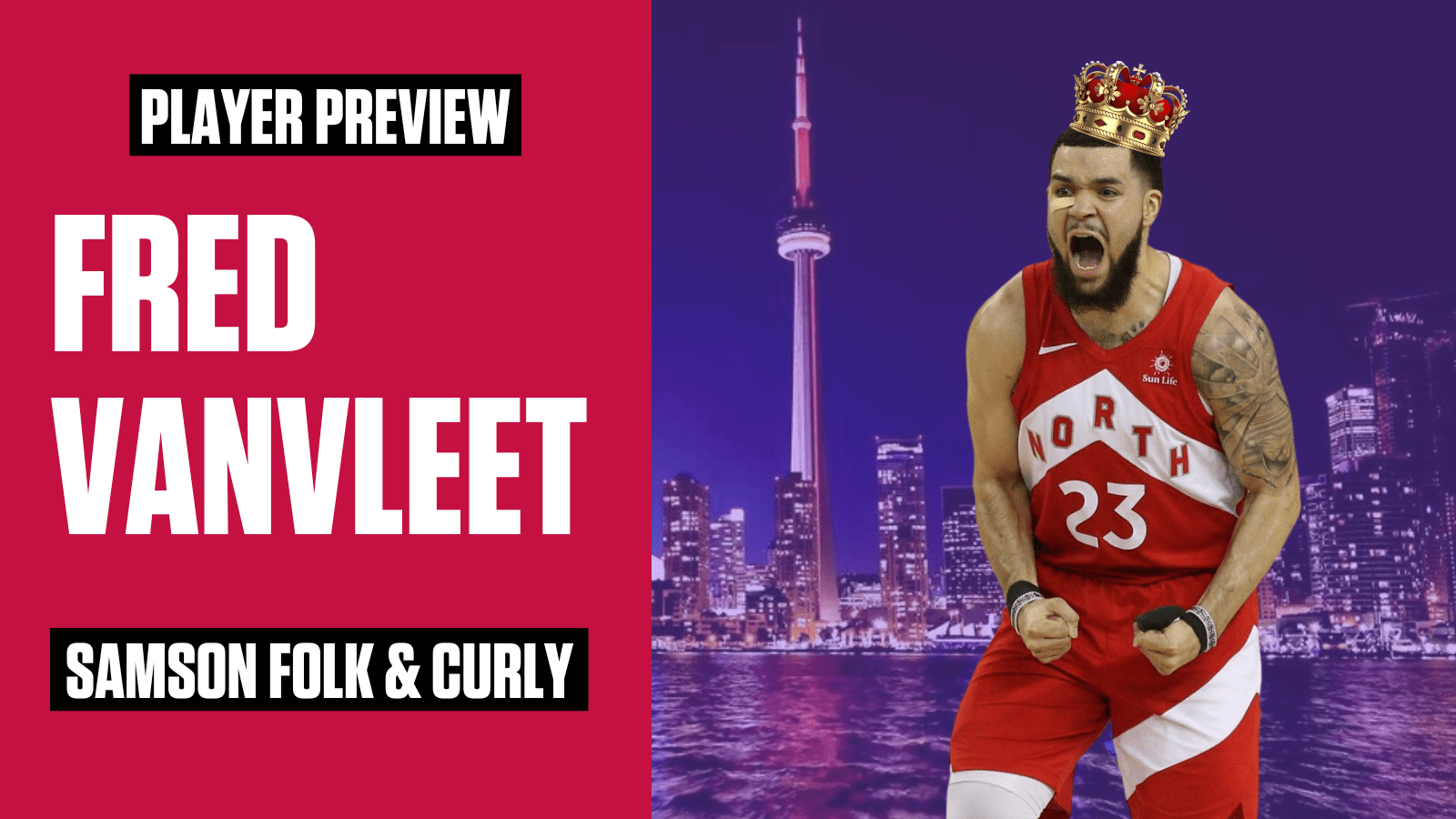Dalano Banton has so much to his game that makes him exciting, but limits held him back last year. So far, he's showing growth in just those areas.
Dalano Banton’s best is yet to come
Dalano Banton has so much to his game that makes him exciting, but limits held him back last year. So far, he's showing growth in just those areas.





